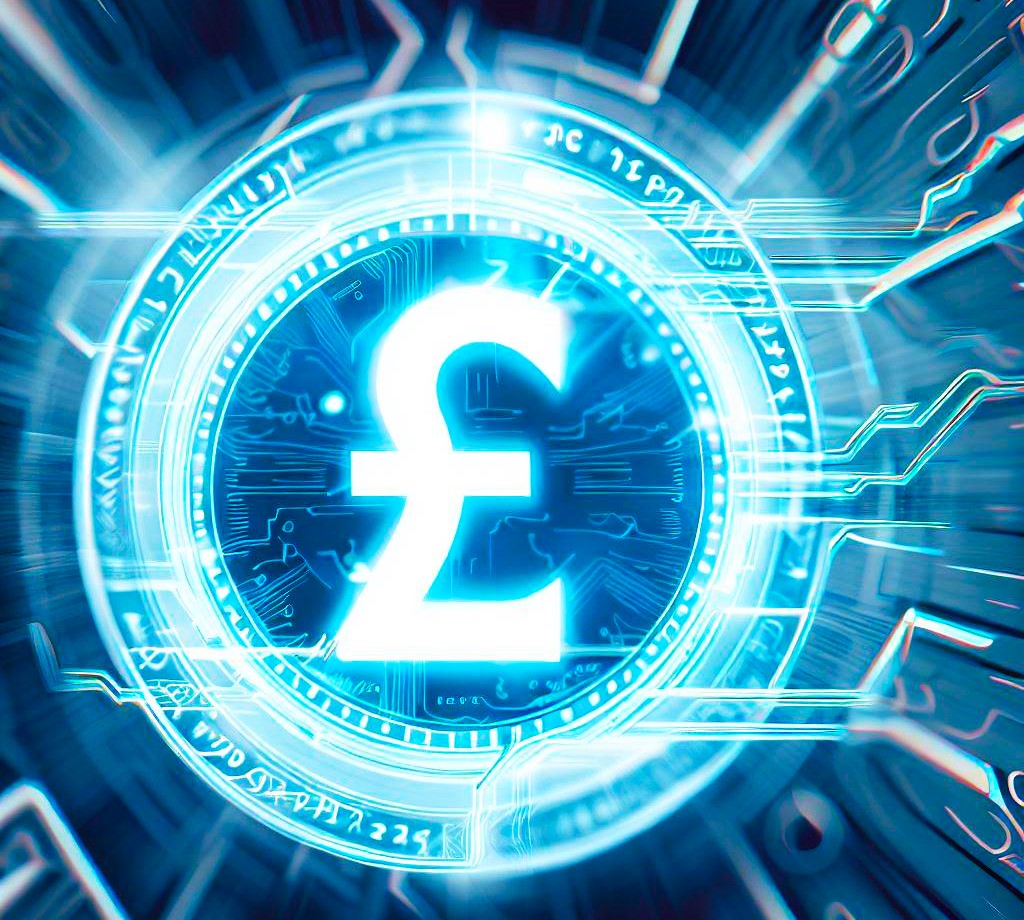Global markets have been thrown into turmoil following the announcement of sweeping tariffs by U.S. President Donald Trump
U.S. tariffs, which include a 25% levy on imports from Canada and Mexico and a 10% increase on Chinese goods, have sparked fears of a global trade war. Retaliatory measures from Canada and China have only added to the uncertainty, sending shockwaves through financial markets worldwide.
The FTSE 100, London’s blue-chip index, fell by 1.3%, marking its steepest decline since October last year. Across the Atlantic, Wall Street saw significant losses, with the S&P 500 dropping 1.6% and the Dow Jones Industrial Average falling 1.7%. European markets were not spared, as Germany’s DAX and France’s CAC 40 plunged by 3.5% and 2.1%.
Investors are increasingly concerned about the long-term implications of these tariffs. The measures threaten to disrupt global supply chains, inflate costs, and dampen economic growth. Analysts warn that prolonged trade tensions could push the global economy closer to a recession.
The tariffs have also had a notable impact on currency markets. The U.S. dollar weakened against major currencies, with the pound rising to a six-week high of $1.27. Meanwhile, safe-haven assets like gold saw a surge in demand, with prices climbing above $2,900 per ounce.
Oil markets were not immune to the fallout, as Brent crude futures dropped to a three-month low of $70.65 per barrel. The decline reflects growing concerns over reduced demand amid escalating trade tensions.
As the world braces for further economic uncertainty, the focus now shifts to how global leaders will navigate these turbulent waters.
The stakes are high, and the path forward remains uncertain.









